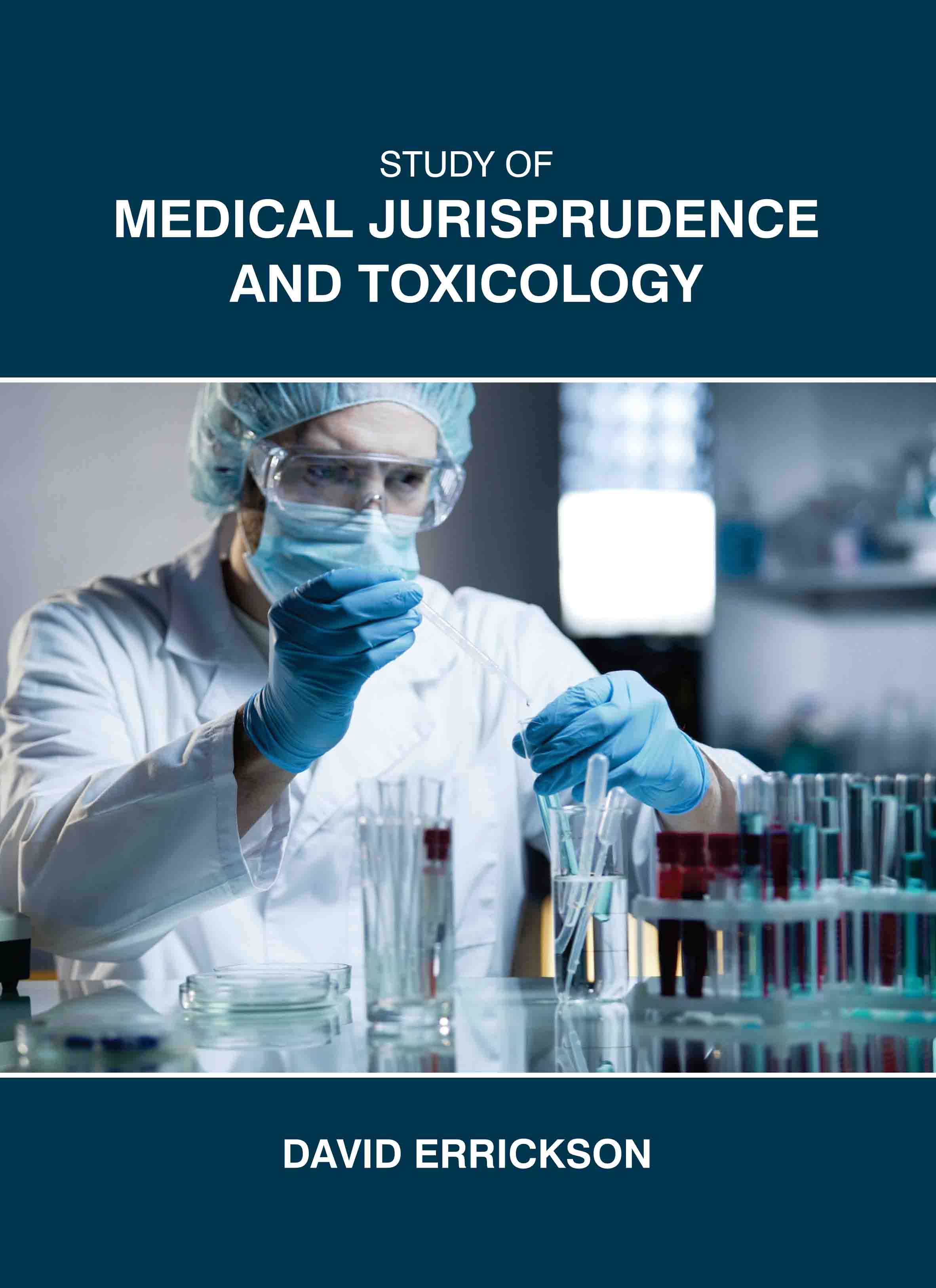
Study of Medical Jurisprudence and Toxicology
by David errickson
| ISBN | 9781835350751 |
|---|---|
| Publisher | EDTECH PRESS |
| Copyright Year | 2025 |
| Price | £155.00 |

by David errickson
| ISBN | 9781835350751 |
|---|---|
| Publisher | EDTECH PRESS |
| Copyright Year | 2025 |
| Price | £155.00 |
In forensic medicine, which is sometimes thought of as a subfield of toxicology, the causes of harm or death are investigated by the application of knowledge of the techniques or clinical trials of the drugs. The term "criminalistics" is often used to refer to forensic science, an applied science. Physical evidence is placed into a professional subject by forensic science, which integrates biology, physics, geology, and chemistry with civil and criminal laws. In order to define and uphold the law, forensic science applies scientific knowledge and technology. As essential for the result (response) as the mean, average, or even integrated dose level may be are the variation in exposure throughout the day and the overall duration of exposure over the course of a person's lifetime. Peak exposures may be more dangerous than more even exposures. In the early days of forensics, investigators frequently worked with live data due to a lack of specialised equipment. A wide range of issues are covered by toxicology. Toxicology, for instance, assesses the potential health effects of pesticide or herbicide exposure or the impact of animal feed additives, like growth hormones on humans. Animal tests conducted in laboratories using toxicology to establish dose-response relationships. The impact of waste materials and chemicals on a person's health is another topic covered in toxicology. For undergraduates and graduate students who want to get a fundamental understanding of forensics, this book is a fantastic resource.